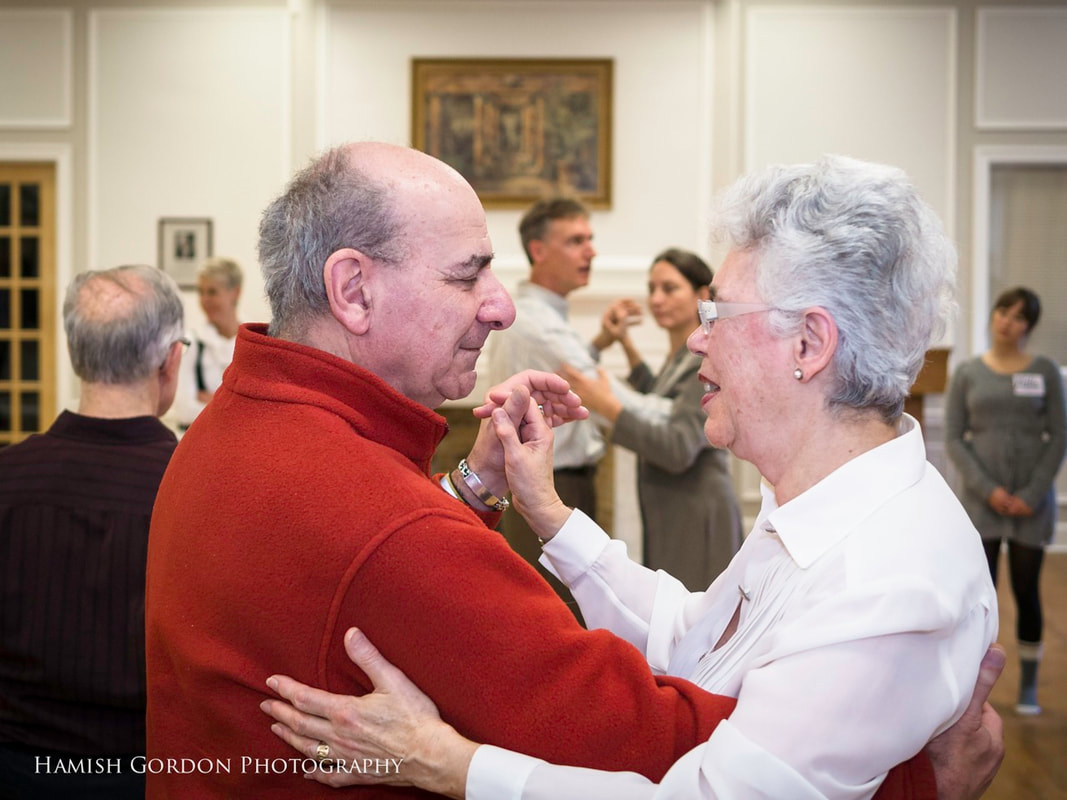|
The 21-year study of senior citizens, 75 and older, was led by the Albert Einstein College of Medicine in New York City, funded by the National Institute on Aging, and published in the New England Journal of Medicine. Their method for objectively measuring mental acuity in aging was to monitor rates of dementia, including Alzheimer's disease. The study wanted to see if any physical or cognitive recreational activities influenced mental acuity. They discovered that some activities had a significant beneficial effect. Other activities had none. They studied cognitive activities such as reading books, writing for pleasure, doing crossword puzzles, playing cards and playing musical instruments. And they studied physical activities like playing tennis or golf, swimming, bicycling, dancing, walking for exercise and doing housework. One of the surprises of the study was that almost none of the physical activities appeared to offer any protection against dementia. There can be cardiovascular benefits of course, but the focus of this study was the mind. There was one important exception: the only physical activity to offer protection against dementia was frequent dancing. Follow this link or download the article as pdf file below: http://socialdance.stanford.edu/syllabi/smarter.htm
We have collected a list of links that refer to articles, research papers and other interesting resources informing about the current understanding of Argentine Tango and dance in general in regards to health and well-being. Argentine Tango - scientific research, a selection. You can find more information in the reference section of each paper.
Links to news articles, blogs etc. Dance appears to help Parkinson’s patients – now scientists aim to find out why - The Globe & Mail Spotlight on Research: Teaching Tango for Parkinson's - Parkinson's Disease Foundation (PDF) Tango therapy: The healing embrace. Tango Therapy in Buenos Aires - Parkinson's Tango for chronic pain relief - My tango diaries It has been known for many years that many forms of dance and movement (including simply walking) have significant health benefits. Over the last ten years, researchers have discovered that Argentine tango is particularly beneficial in many ways. Studies have shown improvements in areas ranging from balance, gait and posture to mood and social engagement.
Several features of the tango are thought to contribute to its therapeutic effects. For a start, the embrace offers a gentle, flexible touch (as opposed to a rigid, stylized frame) which is in itself beneficial. It allows partners to support each other gently while they gain confidence in stepping—especially backwards, which is often challenging for seniors and those with any neuromotor difficulties. The non-verbal communication through the embrace may be especially valuable. The fact that tango is based on walking makes it accessible to many who find other dance forms too challenging. The tango walk itself helps develop balance and a regular gait, while learning short combinations or figures is excellent for memory. The pivot, the second basic element of tango, is another valuable exercise for anyone with challenges in balance and turning. Last but not least, tango music is highly expressive, with a wide variety of moods and feelings which can be shared by the partners through the embrace and movement. All these reasons and more make tango good for you—come join us and explore for yourself! |
You, Two, Can Tango! © 2023 All Rights Reserved.
AuthorMartina & Lorne Archives
April 2015
Categories |
||||||||||||||||||||||||||||||||||||

 RSS Feed
RSS Feed